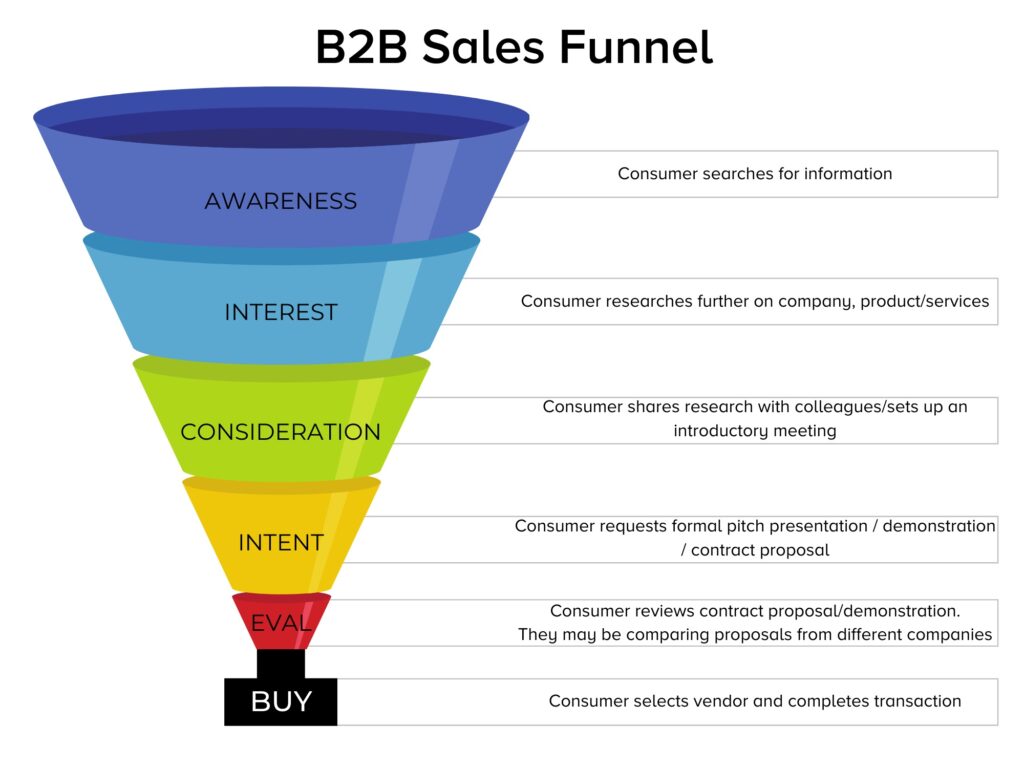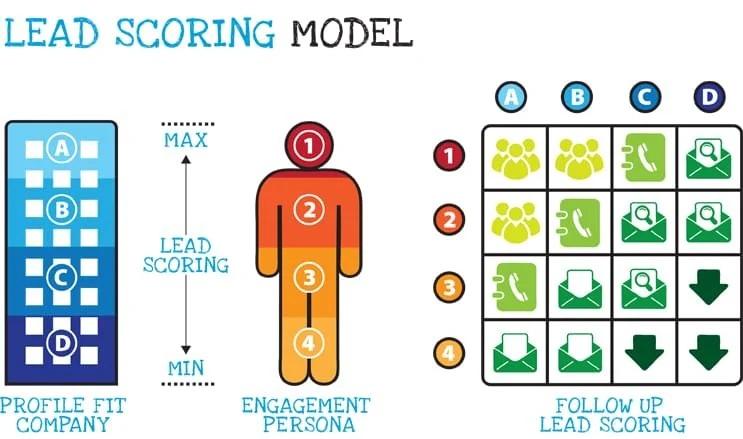Think Further Down the Funnel: Appointment Setting for B2B
If you’re in B2B marketing or sales, you likely hear a lot about lead generation. It’s important, of course — without filling your pipeline, you would have no potential sales to pursue. But a common pitfall companies often fall into is not focusing enough on what happens after the lead is generated. How do you keep moving them along the sales funnel effectively?
B2B appointment setting is a key part of moving qualified leads to the next stage, where they speak directly with sales representatives and convert to actual opportunities. Like most aspects of the sales process today, appointment setting requires the right balance of automation and a personal touch in order to be most effective.
In the sections that follow, we’ll dive into B2B appointment setting in more detail and cover 5 tips you can use to optimize your company’s approach.
Quick Takeaways
- B2B appointment setting falls in the middle of the B2B sales funnel during the consideration stage.
- Appointment setting should be assigned to a designated person or team rather than lumped in with other sales rep responsibilities.
- Today’s B2B customers require a multichannel approach to appointment setting that includes digital options like email or online chat.
- Optimized B2B appointment setting requires striking the right balance between automation and personalization.
What is B2B appointment setting?
B2B appointment setting is a middle-of-the-funnel sales development activity that involves qualifying and cultivating leads until they make an appointment with your sales team. It usually occurs during the consideration stage, when buyers are completing initial research and are ready to speak to potential providers.

Appointment setting is typically assigned to a designated “appointment setter” on your sales team or contracted out to a service provider.
Your best approach — internal team vs. external service provider — really depends on your goals, your specific business, and the resources you have available. The key in all cases is that it isn’t lumped in with the rest of your sales reps’ responsibilities.
When you separate the activities of appointment setting and actual selling, you ensure your sales reps only interact with leads that are qualified and show buyer intent. It saves them time and maximizes sales conversions and profit for your business.
5 Tips to Optimize Your B2B Appointment Setting
Utilize lead scoring
Along with moving leads to the next stage of the pipeline, a primary goal of B2B appointment setting is to establish which leads are best-fit for your company. To do this, utilize the ideal customer profile (ICP) and buyer persona frameworks in tandem with lead scoring methods.
Remember that your ICP describes organizational traits of companies that would benefit most from your offerings, while buyer personas describe the decision makers within those companies. When you have that criteria outlined, you can establish a lead scoring model that ranks and prioritizes the leads in your pipeline.
Lead scoring analyzes both company and individual information as well as lead behavior to determine its likelihood of converting later on, giving you a comprehensive view of who you should prioritize appointments for and why. Ultimately, it makes for a more efficient B2B appointment setting process and eliminates potentially wasted time on low-quality leads.

Educate your appointment setters
Sales enablement materials aren’t just for sales reps — it should be used to educate everyone on your sales team, including those making your appointments. While appointment setters don’t discuss offerings as in-depth as sales reps, they do need to know the right questions to ask and have enough information to guide leads in the right direction.
To maximize the effectiveness of your appointment setting process, educate your team with an onboarding process and continued education around new offerings or product changes.
Be multichannel
Traditionally, B2B appointment setters reach out to leads via phone. But today’s B2B buyers research and communicate with companies across multiple channels — websites, search engines, social media, email, phone calls, and in-person events to name a few. It’s possible to not even have a phone number to reach out to.
Your appointment setting process can and should encompass all of these channels so potential customers can make appointments through whichever method is most convenient for them. If you already have a multichannel lead generation strategy in place, it should be easy enough to align your appointment setting communications with those same channels.
Follow up before you give up
The average lead takes 6-8 touches before they convert, and a few of those will occur before they even make an appointment with sales. For high-potential leads, have a plan in place to follow up if you don’t get a response after the first or second outreach. Companies that stay persistent often win out over those who send one-and-done communication attempts.
Automate when you can
B2B appointment setting requires a certain level of automation to execute at scale. Use your CRM or other software solutions, you can automate introductory emails, follow-up outreach, or appointment requests.
Make it Personal
Last but not least — make your communication personalized. Sales reps are trained in the art of tailoring the sales process to each individual customer. While it may not happen to the same extent with appointment setting, conversations should still be aligned and targeted as much as possible to engage leads effectively.
Our outbound email software and lead generation services are custom-built for startups, consultancies, marketing agencies, and other B2B organizations. Schedule a quick call with us and find out how we can help you win more clients.
